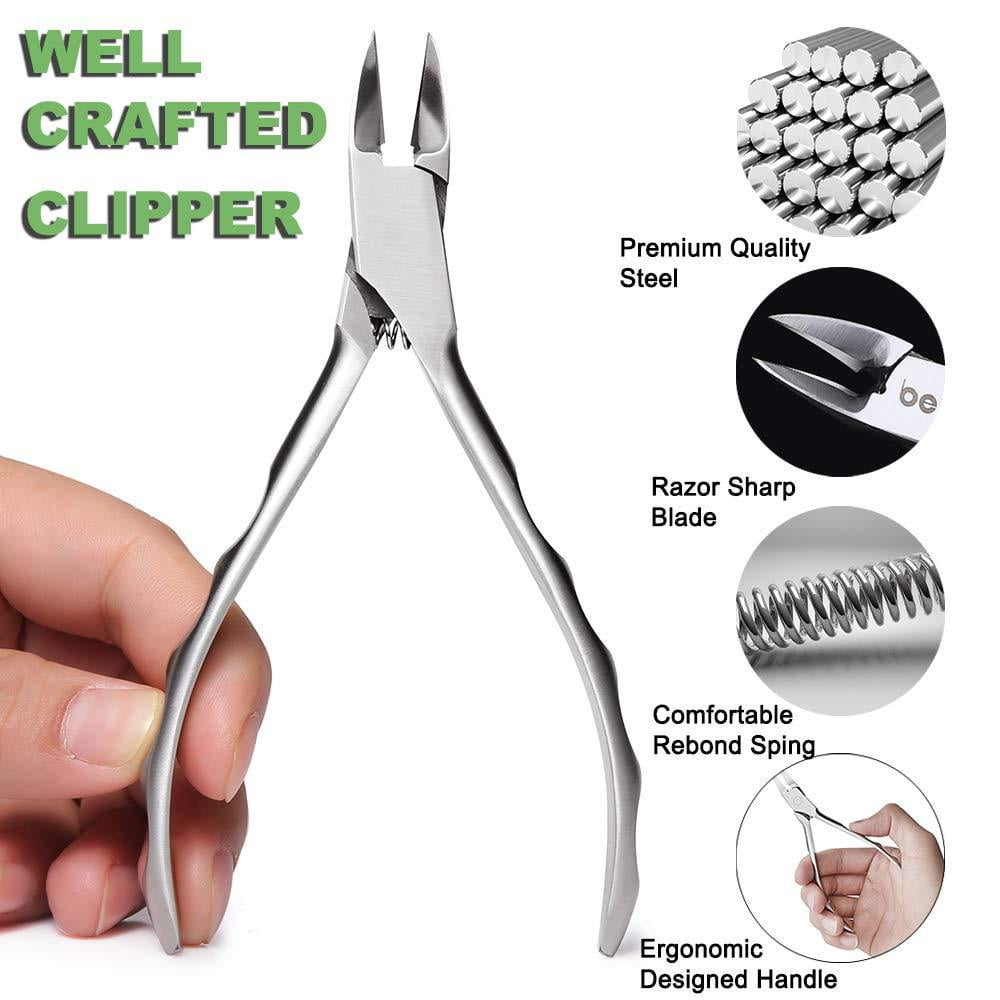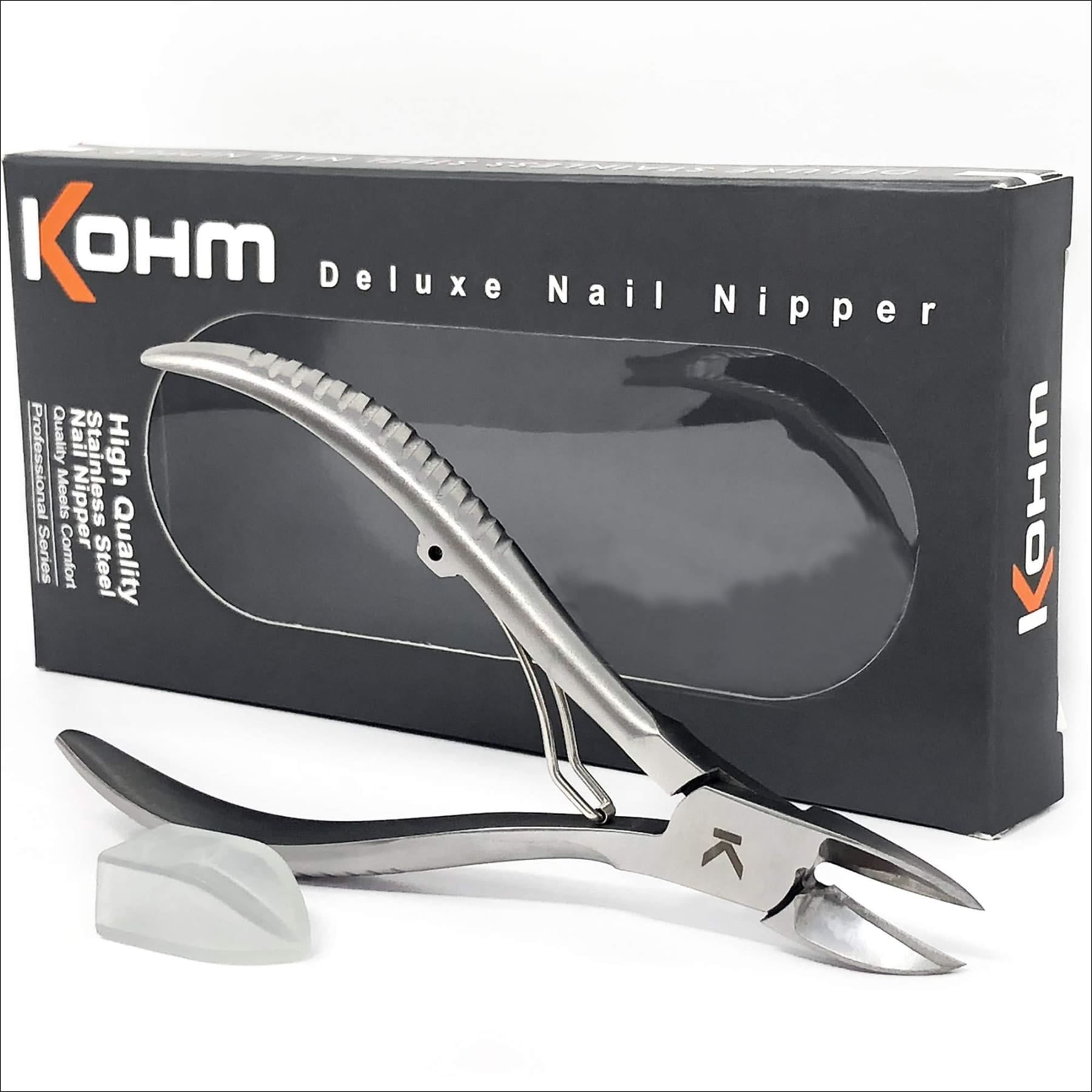

If your child has diabetes, make sure it is well-controlled.Īs much as possible, have kids try to avoid injuring their nails and the skin around them.Wear rubber gloves if there's a chance their hands might be in contact with harsh detergents or chemicals.Damaging cuticles can let bacteria get into the skin and cause an infection. Don't push cuticles back or trim them and don't use cuticle remover.They shouldn't cut their nails too short. The best time to do this is after a bath or shower, when nails are softer. Trim fingernails and toenails with clippers or manicure scissors, and smooth the edges with an emery board or nail file.

Have kids follow these tips to lower their risk of paronychia:

Usually, after an abscess is drained, the affected finger or toe heals quickly with no long-term problems.įor fungal paronychia, the doctor may prescribe antifungal creams, lotions, or oral (taken by mouth) medicines. The doctor also might prescribe antibiotics to treat the infection. In rare cases, part of the nail may have to be removed. If there's an abscess, a doctor might need to drain it. Often, soaking the infected nail in warm water for 20 minutes a few times a day will help it heal on its own in a few days. An over-the-counter topical anti-bacterial ointment may be recommended too. Treating paronychia depends on how severe the infection is and whether it has started to spread. In some cases, they may take a pus sample to be checked in a laboratory to see what type of bacteria or fungus caused the infection. Usually, a health care provider can diagnose paronychia by looking at the infected area. In rare cases, if the paronychia is especially severe and goes untreated, the infection can spread beyond the area of the nail. It might turn a different color or look as though it is detached or abnormally shaped.


 0 kommentar(er)
0 kommentar(er)
